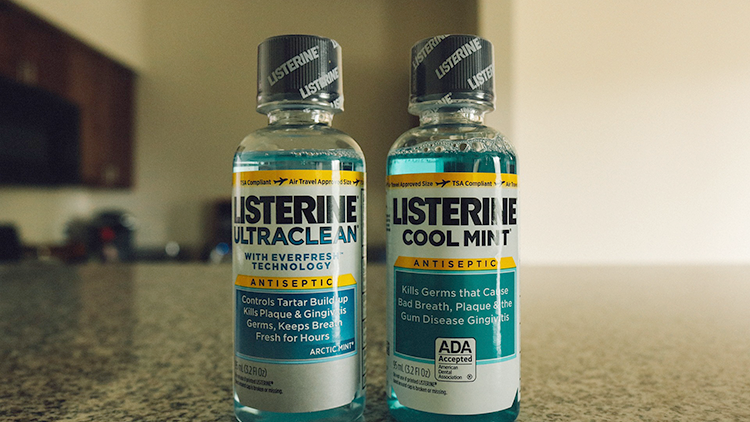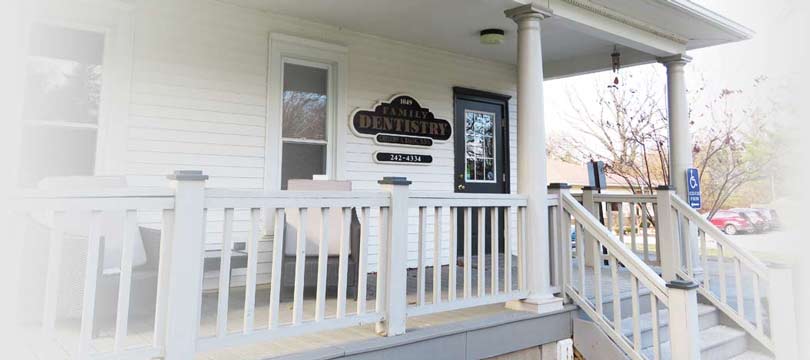
Many use mouthwash as an extra step in their oral hygiene routine, but does it really help? Yes and no. It has the power to freshen your breath, whiten your teeth and kill the bad bacteria in your mouth, but in some cases it can destroy the good bacteria too. And despite popular belief, your mouth does not need to burn to confirm the mouthwash is working. At the end of the day, it is beneficial for your mouth, but not all mouthwash is created equal.
Types of Mouthwash to Choose From
There are several types of mouthwash brands to choose from, but there are only two main types of actual mouthwash: Cosmetic and Therapeutic.
Cosmetic mouthwash temporarily reduces bad breath and leaves a nice and fresh taste in your mouth. Therapeutic mouthwash has active ingredients that help kill bacteria and help control or reduce plaque, gingivitis, cavities and bad breath. Those that contain fluoride can even help prevent tooth decay.
Both cosmetic and therapeutic mouthwash can be bought over the counter with the exception of some therapeutic formulations; therapeutic formulations containing chlorhexidine are only available by prescription.
Dentist Recommended Mouthwashes
Every dentist has a specific mouthwash they recommend, but if you’re unable to talk to your doctor, look for the American Dental Association (ADA) seal on the bottle. Those with seals have produced scientific evidence demonstrating the safety and efficiency of their product.
How & When to Use Mouthwash
Although you should always follow the instructions on the label, using mouthwash is easy. Simply pour a small cup of mouthwash into your mouth, swish it around for 30-60 seconds and spit it out.
The timing of when you should use mouthwash seems to be the more popular question. Short answer: It doesn’t matter. However, if you are using a fluoride toothpaste, wait at least 30 minutes before you rinse (yes, even a fluoride one) as it’ll wash away the fluoride from the toothpaste before it can do its job. If you do use a fluoride mouthwash, wait 30 minutes before you eat or drink.
It’s important to note that mouthwash is not recommended for children under 6 years old. They may swallow large amounts accidentally.
What is Commonly Found in Mouthwash
Ingredients vary by brand, but the active ingredients in therapeutic mouthwashes typically include:
- Cetylpyridinium Chloride (CPC) – Reduces bad breath
- Chlorhexidine – Helps to control plaque and gingivitis
- Essential Oils – Helps to control plaque and gingivitis
- Fluoride – Prevents tooth decay
- Peroxide – Whitens teeth
Dental Issues That Can Be Treated with the Right Mouthwash
With the right mouthwash, and direction from your dentist, you can treat a variety of dental issues, including but not limited to:
- Bad breath
- Plaque
- Gingivitis
- Tooth decay
- Topical tooth pain
- Whitening
Conclusion
Mouthwash can have a permanent spot in your oral health routine, but it is not a replacement for brushing or flossing. Using therapeutic mouthwash in conjunction with brushing and flossing will leave your mouth feeling happy and healthy. If you’re looking to add mouthwash to your routine, make sure to do your research or ask your dentist about which is right for you.

 Request an Appointment
Request an Appointment